| 1.
|
Michael Herty, Dante Kalise,
2018,
Suboptimal nonlinear feedback control laws for collective dynamics,
978-1-5386-6089-8,
556,
10.1109/ICCA.2018.8444303
|
|
| 2.
|
Melanie Harms, Simone Bamberger, Eva Zerz, Michael Herty,
On d-Collision-Free Dynamical Systems,
2022,
55,
24058963,
25,
10.1016/j.ifacol.2022.11.303
|
|
| 3.
|
Fuguo Xu, Qiaobin Fu, Tielong Shen,
PMP-based numerical solution for mean field game problem of general nonlinear system,
2022,
146,
00051098,
110655,
10.1016/j.automatica.2022.110655
|
|
| 4.
|
M. K. Banda, M. Herty, T. Trimborn,
2020,
Chapter 7,
978-3-030-50449-6,
133,
10.1007/978-3-030-50450-2_7
|
|
| 5.
|
Michael Herty, Anna Thunen,
2021,
Consistent Control of a Stackelberg Game with Infinitely many Followers,
978-1-6654-3659-5,
918,
10.1109/CDC45484.2021.9682798
|
|
| 6.
|
Michael Herty, Hui Yu,
2016,
Boundary stabilization of hyperbolic conservation laws using conservative finite volume schemes,
978-1-5090-1837-6,
5577,
10.1109/CDC.2016.7799126
|
|
| 7.
|
Giacomo Albi, Michael Herty, Dante Kalise, Chiara Segala,
Moment-Driven Predictive Control of Mean-Field Collective Dynamics,
2022,
60,
0363-0129,
814,
10.1137/21M1391559
|
|
| 8.
|
Giacomo Albi, Emiliano Cristiani, Lorenzo Pareschi, Daniele Peri,
2020,
Chapter 8,
978-3-030-50449-6,
159,
10.1007/978-3-030-50450-2_8
|
|
| 9.
|
Michael Herty, Sonja Steffensen, Anna Thünen,
Multiscale control of Stackelberg games,
2022,
200,
03784754,
468,
10.1016/j.matcom.2022.04.028
|
|
| 10.
|
Marco Caponigro, Benedetto Piccoli, Francesco Rossi, Emmanuel Trélat,
Mean-field sparse Jurdjevic–Quinn control,
2017,
27,
0218-2025,
1223,
10.1142/S0218202517400140
|
|
| 11.
|
Bertram Düring, Lorenzo Pareschi, Giuseppe Toscani,
Kinetic models for optimal control of wealth inequalities,
2018,
91,
1434-6028,
10.1140/epjb/e2018-90138-1
|
|
| 12.
|
Yan Ma, Minyi Huang,
Linear quadratic mean field games with a major player: The multi-scale approach,
2020,
113,
00051098,
108774,
10.1016/j.automatica.2019.108774
|
|
| 13.
|
Michael Herty, Mattia Zanella,
Performance bounds for the mean-field limit of constrained dynamics,
2017,
37,
1553-5231,
2023,
10.3934/dcds.2017086
|
|
| 14.
|
Aylin Aydoğdu, Marco Caponigro, Sean McQuade, Benedetto Piccoli, Nastassia Pouradier Duteil, Francesco Rossi, Emmanuel Trélat,
2017,
Chapter 3,
978-3-319-49994-9,
99,
10.1007/978-3-319-49996-3_3
|
|
| 15.
|
Giacomo Albi, Lorenzo Pareschi, Mattia Zanella,
Boltzmann Games in Heterogeneous Consensus Dynamics,
2019,
175,
0022-4715,
97,
10.1007/s10955-019-02246-y
|
|
| 16.
|
Michael Herty, Lorenzo Pareschi, Sonja Steffensen,
2019,
Chapter 5,
978-3-030-20296-5,
149,
10.1007/978-3-030-20297-2_5
|
|
| 17.
|
A. Medaglia, G. Colelli, L. Farina, A. Bacila, P. Bini, E. Marchioni, S. Figini, A. Pichiecchio, M. Zanella,
Uncertainty quantification and control of kinetic models of tumour growth under clinical uncertainties,
2022,
141,
00207462,
103933,
10.1016/j.ijnonlinmec.2022.103933
|
|
| 18.
|
Giacomo Albi, Federica Ferrarese, Chiara Segala,
2021,
Chapter 5,
978-3-030-91645-9,
97,
10.1007/978-3-030-91646-6_5
|
|
| 19.
|
Minyi Huang, Mengjie Zhou,
Linear Quadratic Mean Field Games: Asymptotic Solvability and Relation to the Fixed Point Approach,
2020,
65,
0018-9286,
1397,
10.1109/TAC.2019.2919111
|
|
| 20.
|
Eva Zerz, Michael Herty,
Collision-Free Dynamical Systems ,
2019,
52,
24058963,
72,
10.1016/j.ifacol.2019.11.029
|
|
| 21.
|
Giacomo Albi, Michael Herty, Chiara Segala,
Robust Feedback Stabilization of Interacting Multi-agent Systems Under Uncertainty,
2024,
89,
0095-4616,
10.1007/s00245-023-10078-2
|
|
| 22.
|
Xiaoqian Gong, Michael Herty, Benedetto Piccoli, Giuseppe Visconti,
Crowd Dynamics: Modeling and Control of Multiagent Systems,
2023,
6,
2573-5144,
261,
10.1146/annurev-control-060822-123629
|
|
| 23.
|
Christian Fiedler, Michael Herty, Sebastian Trimpe,
Mean-Field Limits for Discrete-Time Dynamical Systems via Kernel Mean Embeddings,
2023,
7,
2475-1456,
3914,
10.1109/LCSYS.2023.3341280
|
|
| 24.
|
Martin Gugat, Michael Herty, Jiehong Liu, Chiara Segala,
The turnpike property for high‐dimensional interacting agent systems in discrete time,
2024,
45,
0143-2087,
2557,
10.1002/oca.3172
|
|
| 25.
|
Michael Herty, Yizhou Zhou,
Exponential turnpike property for particle systems and mean-field limit,
2025,
0956-7925,
1,
10.1017/S0956792524000871
|
|
| 26.
|
Giacomo Albi, Sara Bicego, Michael Herty, Yuyang Huang, Dante Kalise, Chiara Segala,
2025,
Chapter 2,
978-3-031-85255-8,
29,
10.1007/978-3-031-85256-5_2
|
|
| 27.
|
Giacomo Albi, Sara Bicego, Dante Kalise,
Control of high-dimensional collective dynamics by deep neural feedback laws and kinetic modelling,
2025,
539,
00219991,
114229,
10.1016/j.jcp.2025.114229
|
|











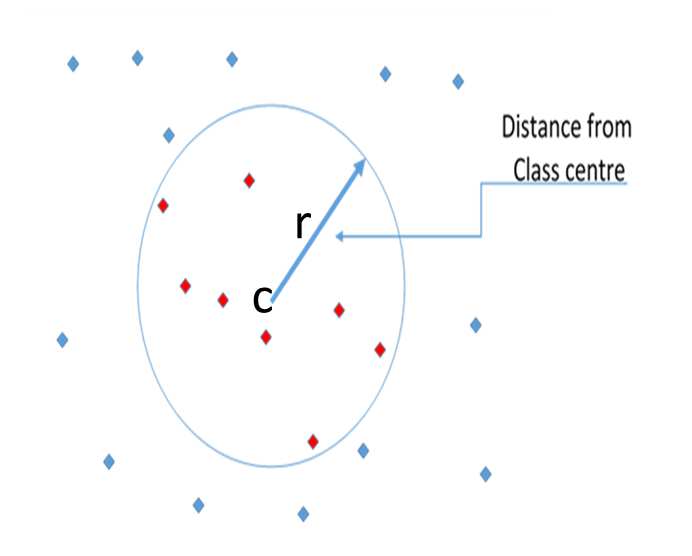
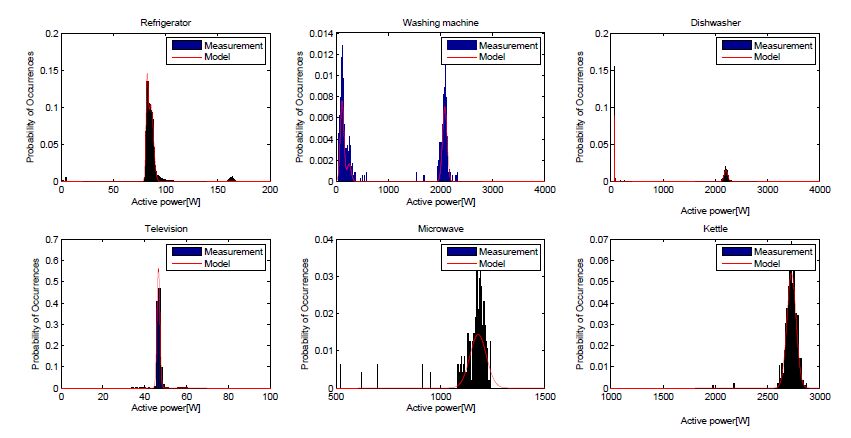
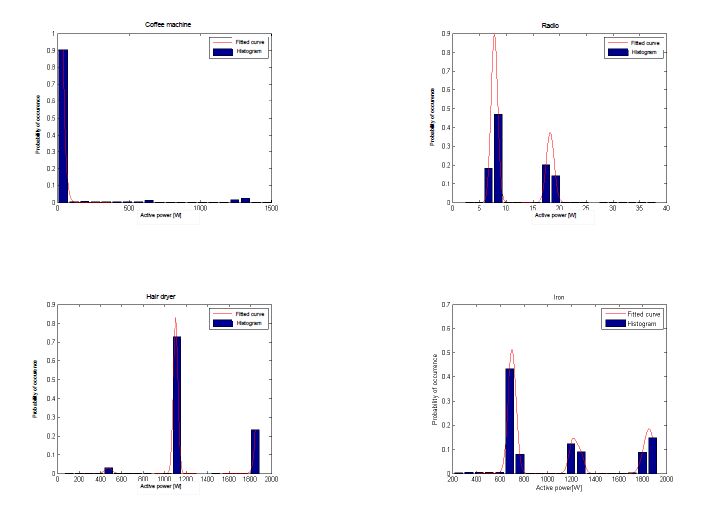
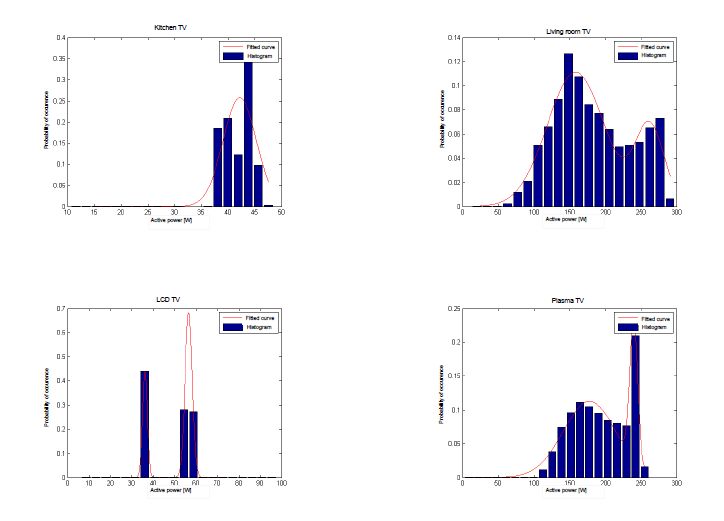
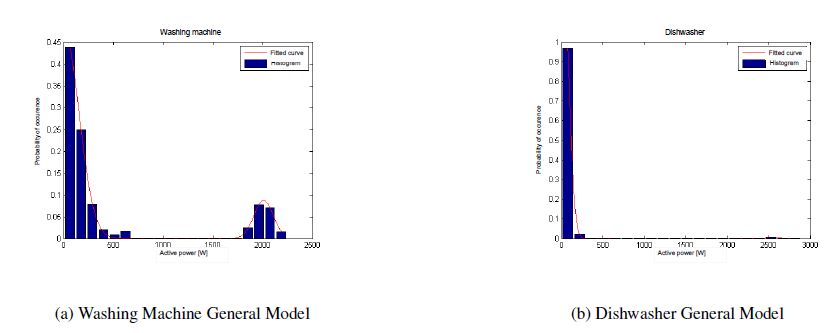
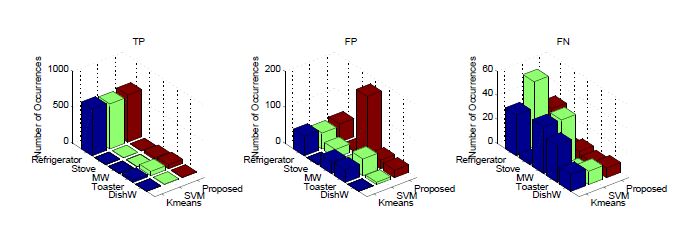
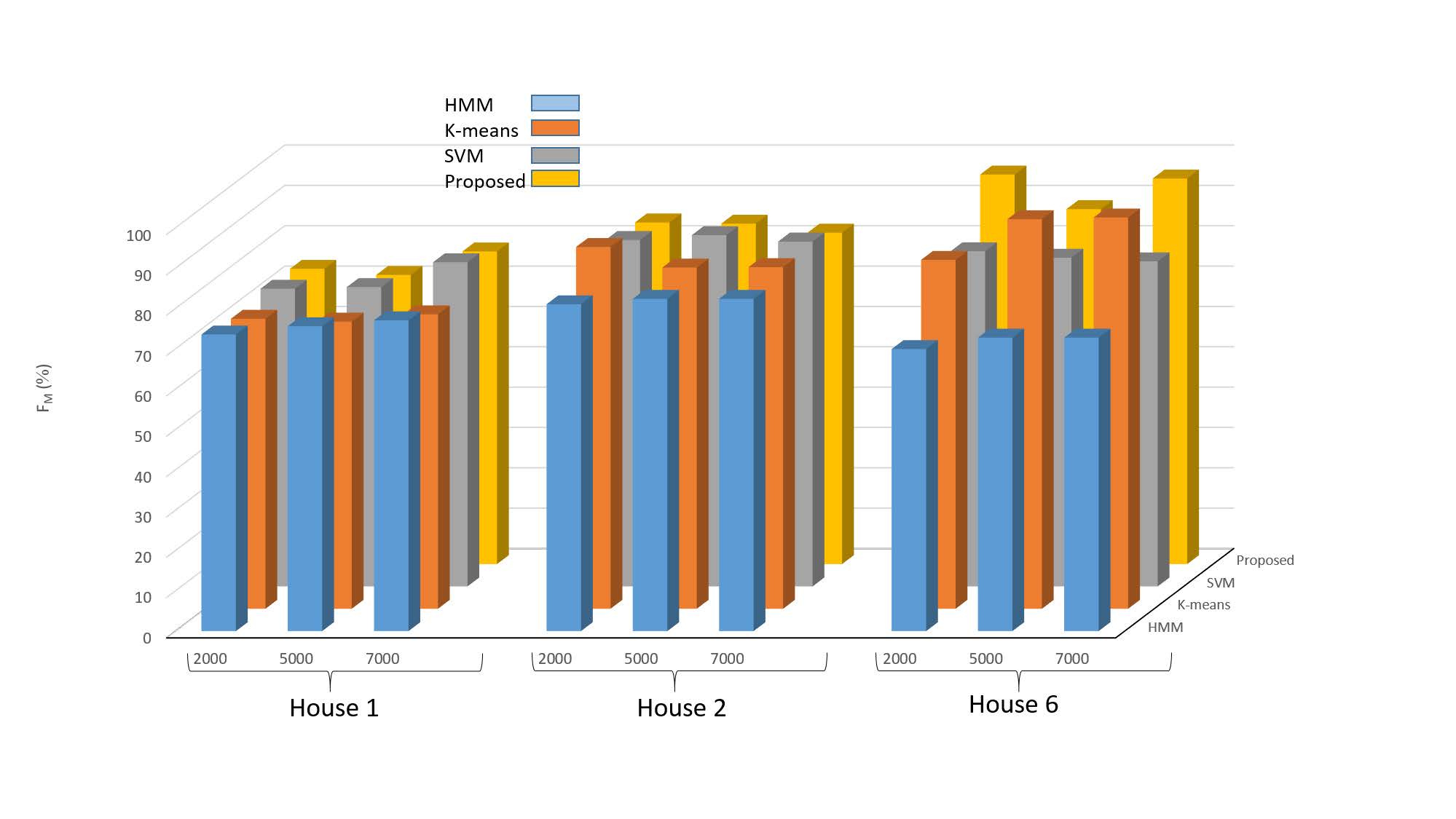
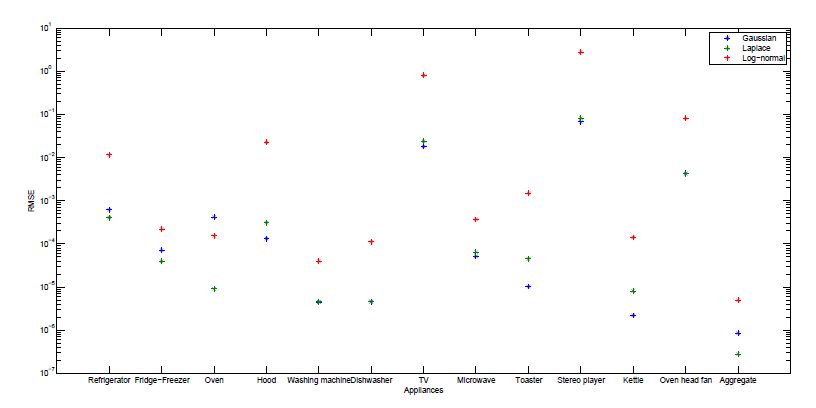


 DownLoad:
DownLoad: